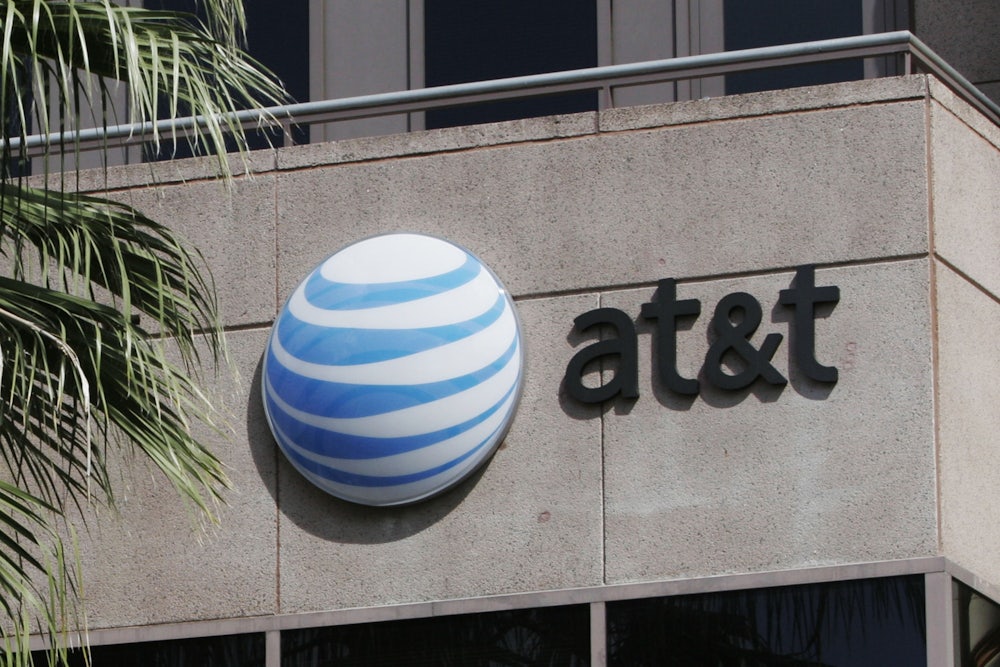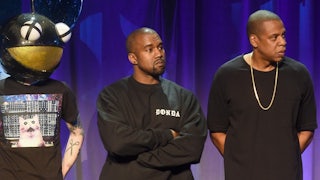Three years ago, AT&T fought the Department of Justice, which had raised antitrust objections to its proposed $85 billion deal to acquire Time Warner, and won. The company was betting that it could turn its new holdings into a mighty streaming empire, from which it could then push its phone plans. The company turned HBO, the crown jewel of its new acquisition, into HBO Max, a streaming service aimed at competing directly with Netflix, Disney+, and Amazon Prime.
It’s only been a year since HBO Max launched, but it seems that AT&T is already ready to bail on its streaming empire aspirations. On Sunday, it was reported that the company planned on spinning off WarnerMedia and merging it with the reality-TV juggernaut Discovery: This deal would bring about another tossed-together roster of hot intellectual property, combining Harry Potter, The Sopranos, and Game of Thrones with Cake Boss and Pit Bulls and Parolees. AT&T might be getting a little smaller, but the overall trend of media consolidation continues apace.
The original AT&T–Time Warner deal represented a strategic shift for AT&T, but not a surprising one. As David Dayen wrote in The New Republic in 2018, within a month of the merger’s approval, AT&T began “using its exclusive access to HBO and other Time Warner programming to push people to sign up for its phone plans.” As its critics had alleged in advance, the firm was charting its future course based on the slapped-together vertical integration strategy the merger marriage permitted.
But AT&T has, apparently, decided that wasn’t such a sound strategy after all. The evolution of streaming has happened at a breakneck pace—Disney+, after all, launched more than a year after the AT&T–Time Warner merger was approved—and streaming remains expensive and unprofitable. Reliant on expensive content creation and cheap subscriptions, the competition to become the streaming universe’s dominant alpha is as fierce as the margins are thin—and Netflix, Amazon Prime, and Disney+ all have more than 100 million subscribers.
AT&T had hoped to compete with these industry titans, all of which have dedicated entertainment arms, and to use its programming to drive its core business, much in the same way that Amazon uses streaming to encourage people to sign up for Prime memberships that customers will use to buy socks and Tuscan milk. This kind of anti-competitive integration is happening everywhere—so why not use the rights to Arli$$ to try to sell phone plans, especially if the feds aren’t going to stand in the way?
With more than 40 million subscribers, HBO Max is big—but that is apparently not big enough. In an interview with CNBC last December, Discovery CEO David Zaslav said, “I think ultimately a lot of those companies are going to realize, ‘I don’t have enough.’ And then they’re going to say, ‘Who can we merge with or who can we do a deal with? And if we put together our IP, maybe we can compete with Disney.’” A merger between WarnerMedia and Discovery is an attempt at maybe, just maybe, accomplishing this plan. Post-merger, the firm will be almost as big as the competitors it’s gunning for, and it will include a broad roster of cable television brands (not just HBO and CNN but TBS, TNT, and HGTV, among many others).
But as this mad world of yesteryear’s legacy media brands battling each other to stitch together competing versions of Frankenstein’s content monster spins on, customers are dragged further and further from the original promise of a streaming, on-demand utopia. Not so very long ago, streaming was supposed to be the Great Unbundling: new, badly needed competition for pricey cable subscriptions. Now the major streaming services are discovering that while 40 million subscribers aren’t nearly sufficient to dominate the marketplace, that audience is enough to create the outsize consumer demand that forces these companies to shoulder the burden of creating prestige television, in a rat race to develop newer and more innovative shows to keep that audience’s eyeballs in line. As a result, we’re seeing the Rebundling, as all of these streaming services that weren’t already members of the streaming hegemony desperately combine in the hopes of creating a fourth mammoth entertainment conglomerate. In the end, it’s all not so different from paying for cable in the first place. The streaming wars, to the extent that they ever existed, are now all but over, because they’re impossible to win.








